Do you teach syllable types to your students? I must admit, in my first 5 years of teaching, I didn’t know much beyond asking kids to count the number of syllables in words. I knew a few basic tricks about how to count syllables that are super simple. For example the classic clapping it out or placing your hand under your chin. But beyond being able to count syllables in a given word; I didn’t understand the benefits of diving into the study of syllables myself, nonetheless why I should be teaching kids this information.
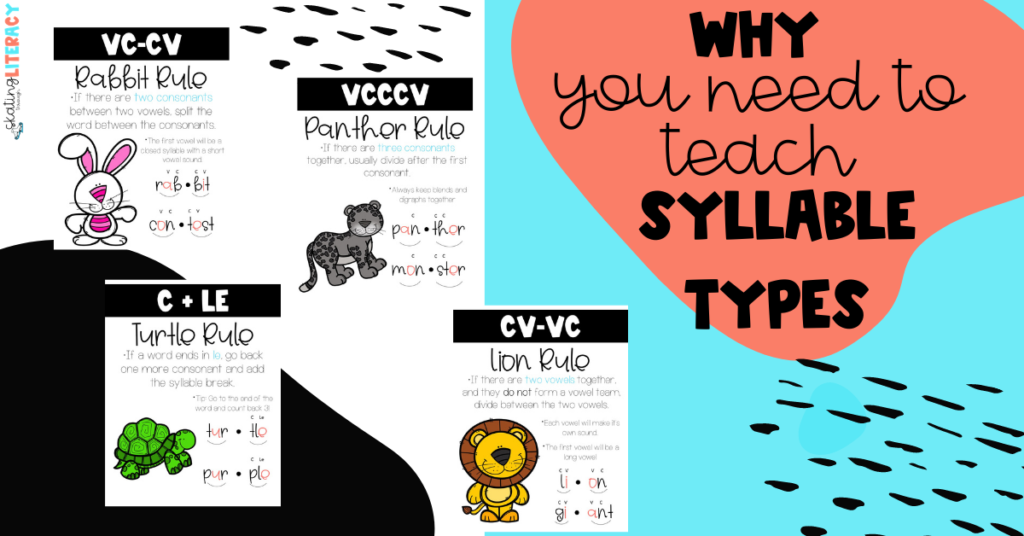
As I’ve said in numerous blog posts over and over, as you know better, do better.
Teaching kids strategies for how to decode different syllable types gives them concrete tools to decode longer unfamiliar words in the future without relying on random guessing. If a student is familiar with syllable patterns, then they are more likely able to look at an unknown word and decode it.
6 syllable types
In English, it has been generally decided that there are 6 regular syllable types that appear in our English words, with a few odd syllables that do not fit as easily into one category. These 6 syllable types, when taught to students, provide them strategies for breaking apart unknown words. The 6 syllable types we recognize are:
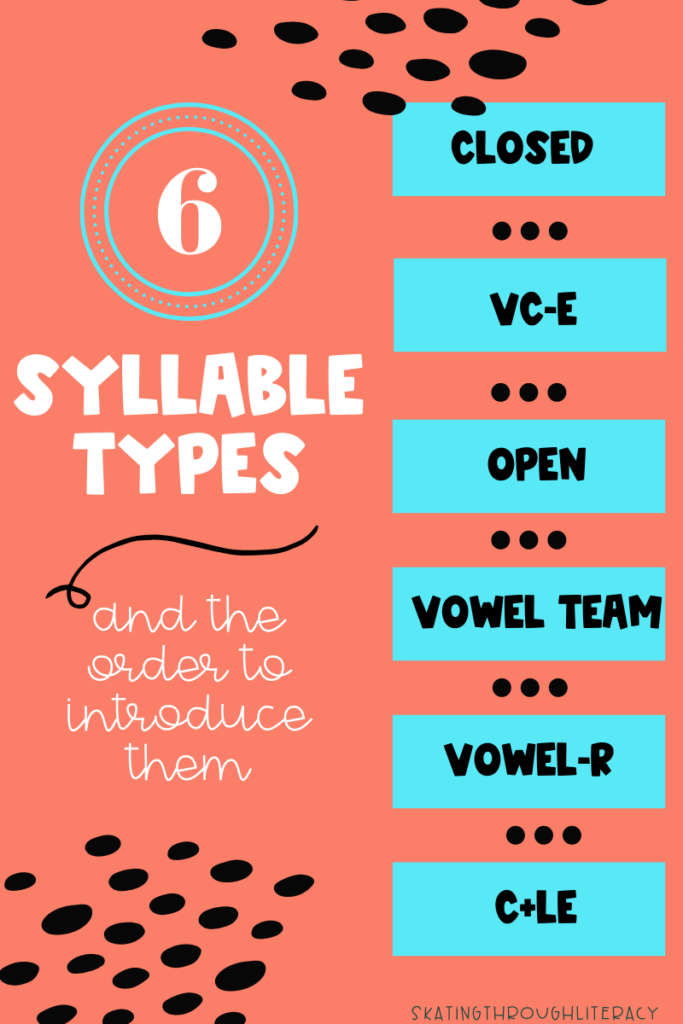
- Closed syllables
- VCe syllables
- Open syllables
- Vowel team syllables
- Vowel-r syllables
- Consonant-le syllables
- Odd Syllables
Syllable Division Rules
In addition to being able to teach syllable types, there are also a variety of rules or patterns that can be followed when looking at how to decode unfamiliar multisyllabic words your students should be familiar with. Depending on the curriculum your district uses, might depend on how you attack each of these rules or even what you call them. Regardless of what you call them; however, the importance remains the same. The more practice you give students being flexible with these strategies, the more success they will see in decoding words as they approach longer, more difficult texts.
While I am not officially OG trained (yet!) I do like the animals this approach has assigned to each syllable division word because it provides a concrete example as to how each division works. These rules include:
- VC/CV Syllables (rabbit rule: rab/bit)
- V/CV & VC/V Syllables (tiger & camel rule: ti/ger- vowel is long & cam/el- vowel is short)
- C + le Syllables (turtle rule- tur/tle)
- VCCCV Syllables (panther rule- pan/ther)
- CV/VC Syllables (lion rule- li\on)
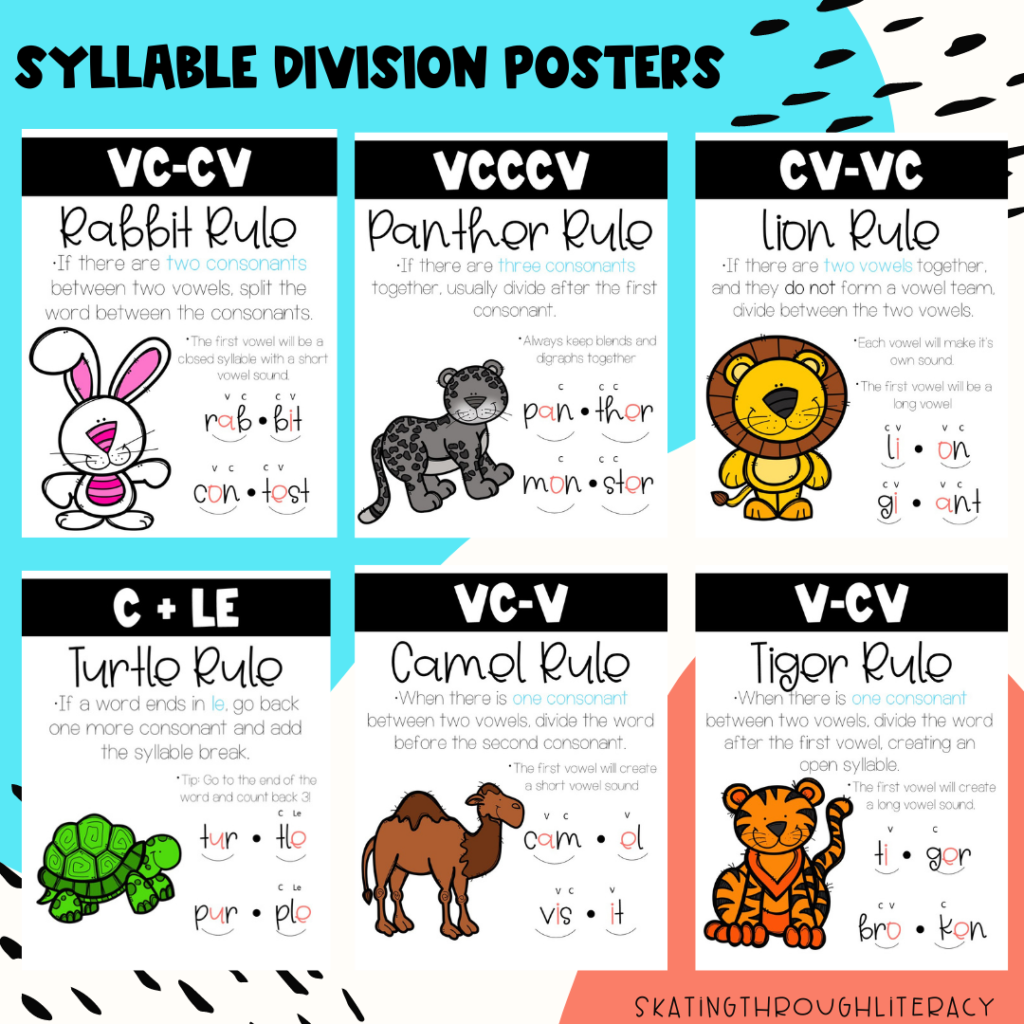
As I began to understand the importance behind why teach syllable types, I also began to realize the lack of material I had for my students to practice with. Let’s be real- the standard workbooks curriculum seems to come with, just wasn’t going to support my students develop and truly practice these skills. To save myself a ton of time and energy, I created digital interactive word work for each of these syllables. The word work comes with 8 different activities so I can quickly choose which activity each group of students practice, which makes differentiating a sinch. If you want to check out those resources check out all my syllable digital word work.
So Why Teach Syllable Types
Why is all of this important? Why use valuable teaching time to explicitly teach these syllable types to your students?
The answer to that comes down to the fact that as your students become stronger, better readers, they will not be able to rely on strategies such as simply guessing at the first letter they see, matching a word to a picture, or memorizing sight words. Leveled text relies heavily on these strategies that serve a student up to a certain point in their reading journey. However, once those picture clues start to disappear, predictable patterns no longer exist, and words go beyond the 10 sight words they memorized for homework, readers find themselves with no concrete strategies to attack a word they haven’t seen before. If you want more information on using leveled text vs. decodable readers during your reading groups be sure to check out my blog post Why Decodable Text Needs to be Part of Your Instruction.
How to Teach Syllable Types
Now that you understand the why, you have to spend time jumping into the how. As with starting anything new, biting off more than you can chew will lead to overwhelm and frustration. My biggest piece of advice is to start small and start at the beginning. Begin with the first syllable type. Explicitly teach this to your students in whole group. Provide them with ample opportunity to read, sort, decode, and sort words that all follow the syllable pattern you are teaching. Research and find activities your students can practice in small groups exposing them to that same syllable type. Provide them with decodable text full of words that follow this pattern. Once your students have mastered those, then slowly add on more.
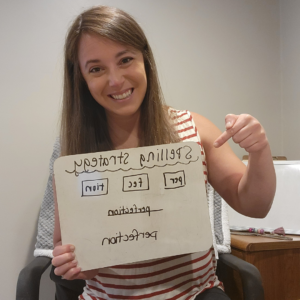
If you don’t already follow me on instagram, be sure to jump over and check out my page. I try to share at least one strategy or game each week that you can use to teach syllable types in your classroom.
Want to learn more but feeling overwhelmed?
As I started my own journey on the science of reading, the feeling I kept constantly coming back to was that of complete overwhelm. The more I seemed to learn, the more it seems impossible to implement all the things into my already cramped reading block. That’s why I created the 7 Ways to Revamp your Phonics Instruction (starting tomorrow) Workbook just for you, for FREE! Be sure to download a copy of yours today to get started on your own phonics journey.


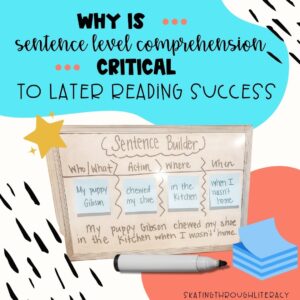
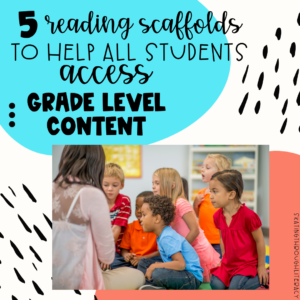
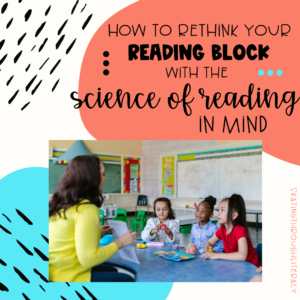

One Response
I would love to learn more-